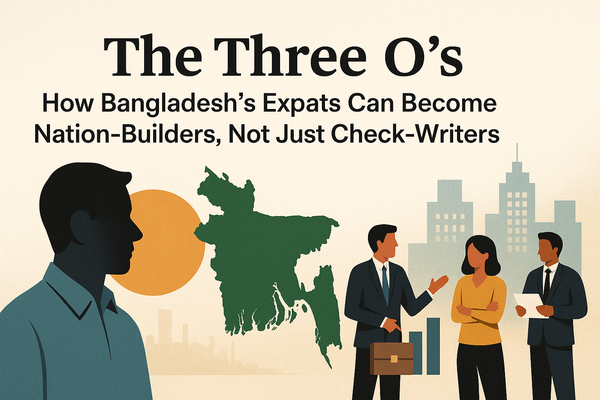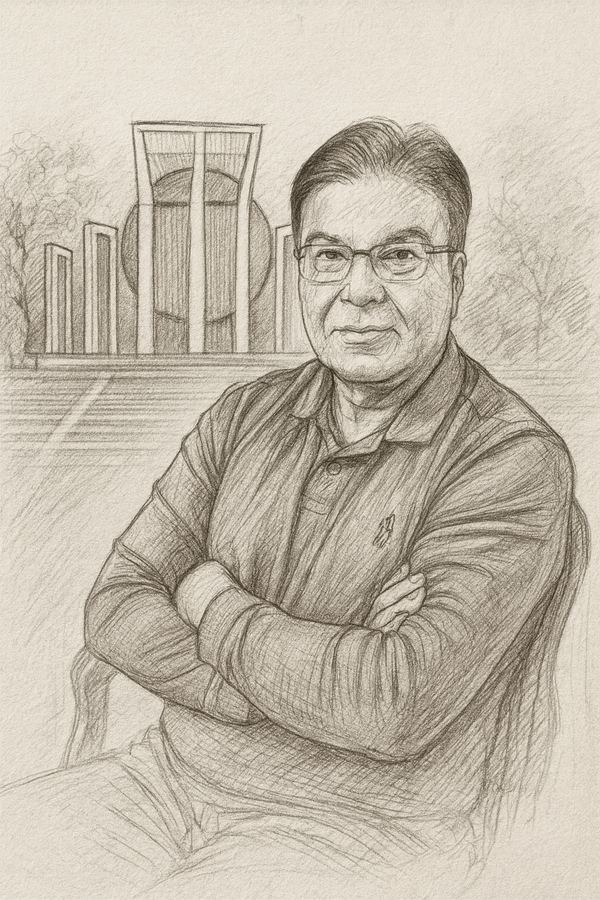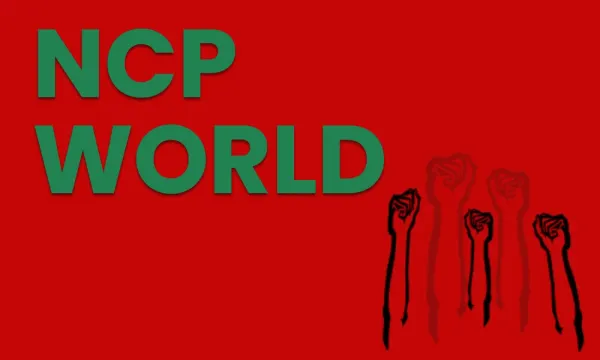Bangladesh 2.0: The Contours of a New Political Settlement

Table of Contents
As Bangladesh enters a new chapter shaped by citizen demands, student-led activism, and the fall of dynastic party monopolies, the framework for a political settlement under Bangladesh 2.0 is emerging. A detailed breakdown of key constitutional, electoral, and governance reforms now reveals the lines of consensus, contention, and compromise.
Clear Ground: What All Sides Agree On
There’s notable alignment around institutional safeguards and democratic functionality. Key agreements include:
- Restoration of a caretaker government to oversee fair elections.
- Bicameral parliament structure, with representation reflecting both population and regional balance.
- Opposition inclusion through deputy speaker roles and control of parliamentary standing committees.
- Judicial reforms, notably amending Article 116 to ensure independence and seniority-based appointment of the Chief Justice.
- Electoral integrity, with plans for an independent electoral boundary commission, a reformed Election Commission law, and application of the RTI Act to political parties.
- Creation of a Parliamentary Commission to investigate EC violations and the introduction of Regional Public Service Commissions for administrative decentralization.
These reflect a foundational consensus around transparency, institutional independence, and participatory checks on power.
Still in Debate: The Middle Zone
Yet not everything is settled. Several reform areas are stuck in partial agreement, reflecting either procedural disputes or philosophical differences:
- Women’s representation: There’s consensus on 100 reserved seats, but disagreement on the allocation method.
- Bicameral legislature design is agreed upon, but the election method for the upper house remains unresolved.
- Amendment of Article 70, a crucial change to allow MPs limited freedom from party whip control, is supported in principle but lacks agreement on the scope of exceptions.
- Campaign finance transparency, a permanent public attorney system, and anti-corruption ombudsman ideas enjoy majority support, with some calls for more detail or safeguards.
- Civil rights expansion and bar council reforms draw mixed views, revealing generational and ideological divides even within reformist camps.
Flashpoints of Disagreement
The deepest fault lines reveal clashing visions for the political future:
- Term limits for the Prime Minister remain a red line issue.
- Disputes rage over the composition and authority of the proposed National Constitutional Council.
- The inclusion of "pluralism" as a constitutional principle—while symbolic—has triggered ideological resistance.
- Conflicts exist over party leader role limits, including whether one can simultaneously be Prime Minister, party chief, and Leader of the House.
- Presidential election process, constitutional amendment mechanisms, and administrative restructuring into four provinces also divide reformers.
- Local governance reform—such as electing mayors directly or eliminating upazila vice-chair roles—exposes disagreements about decentralization vs. central control.
The Takeaway: A Fragile but Forward Momentum
This tripartite map of political reform—Agreement, Partial Agreement, Disagreement—offers a sobering yet hopeful snapshot of a nation in transition. Bangladesh 2.0 isn’t a utopian leap but a deliberate reengineering of systems long captured by patronage, opacity, and dynastic power.
In this moment, the challenge isn’t vision—it’s implementation without derailment. Will the broad consensus hold long enough to build institutions that outlive individual leaders? Can the public, civil society, and reformist leadership resist both foreign meddling and internal sabotage?
The road ahead isn’t smooth, but it's charted. And that alone marks a revolutionary shift.




